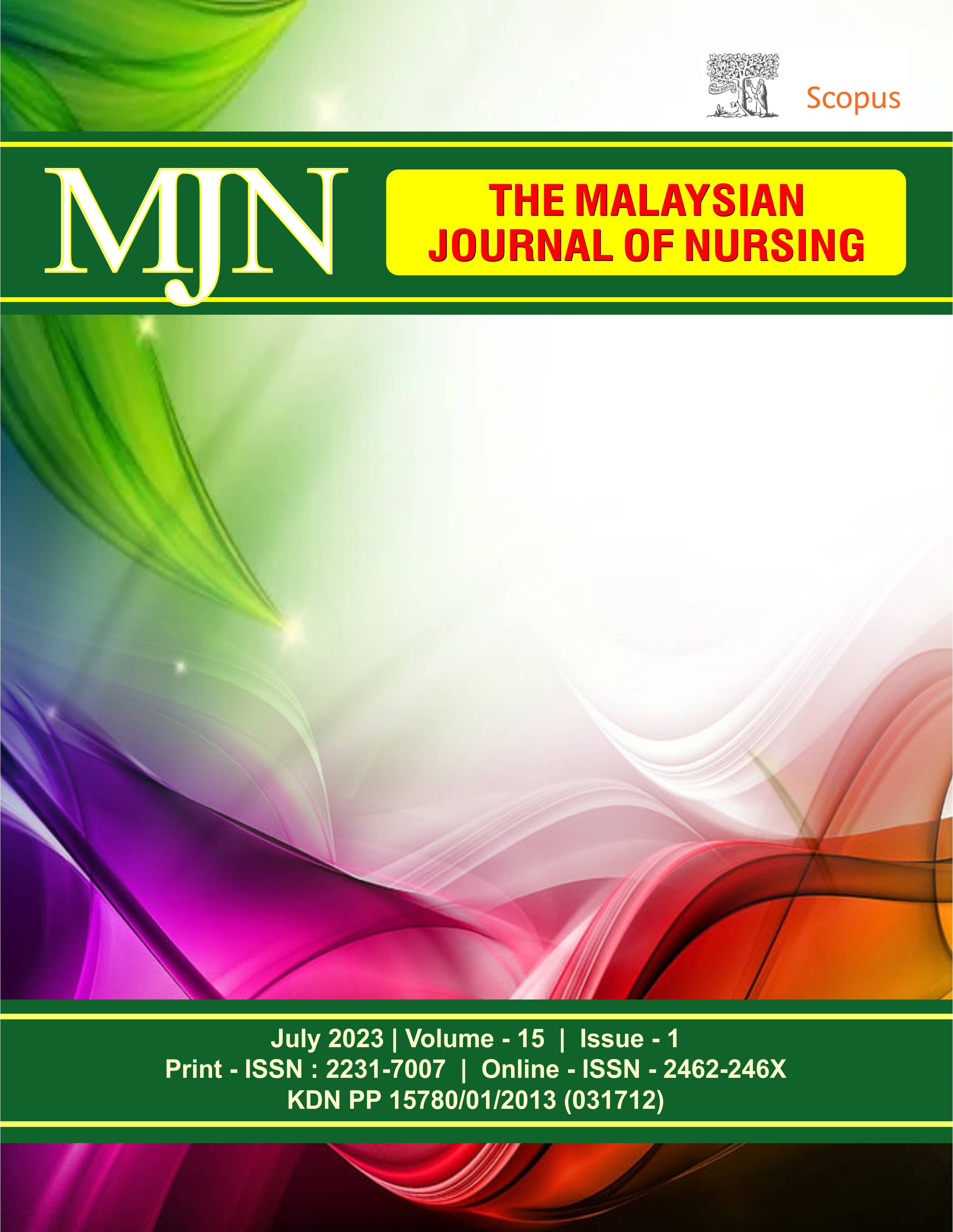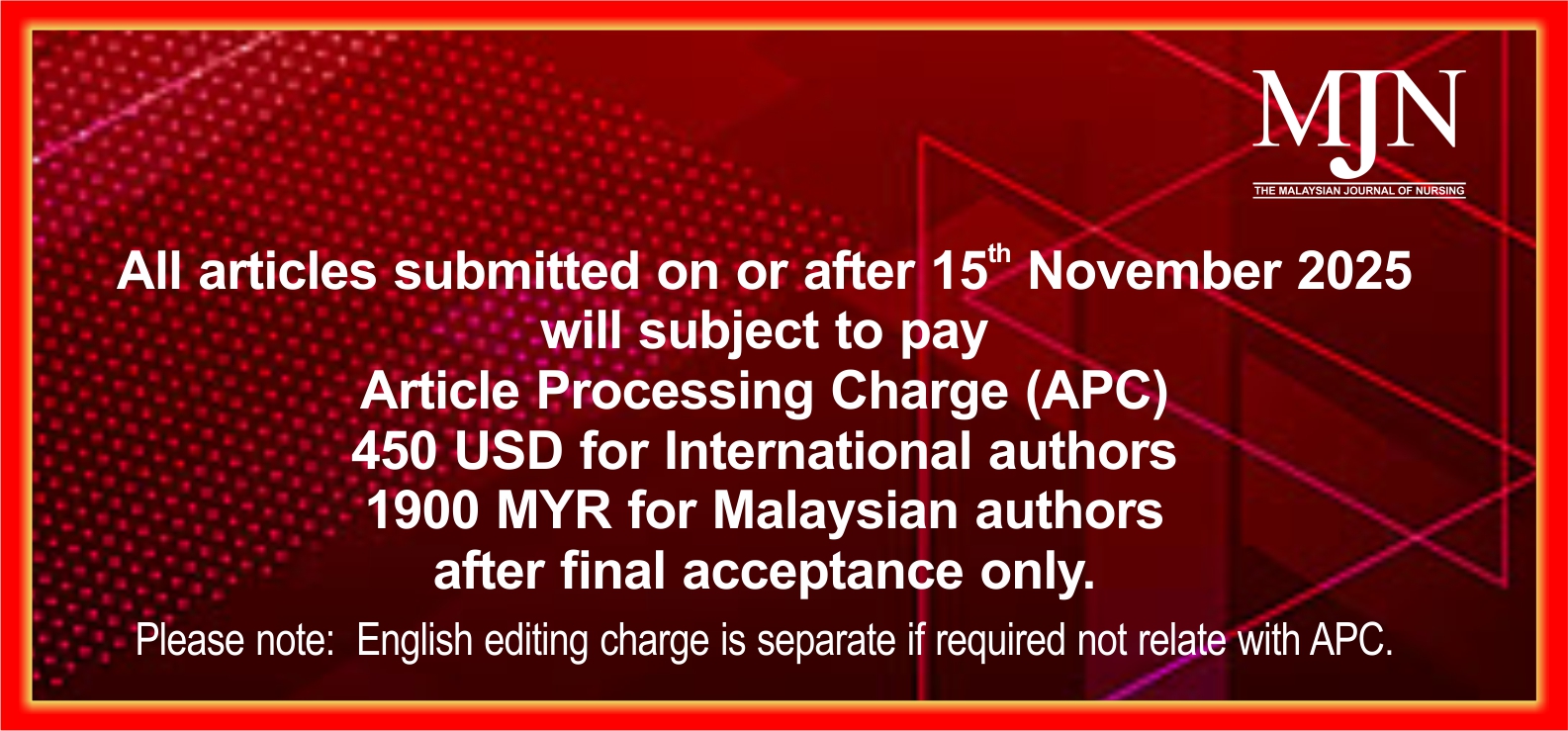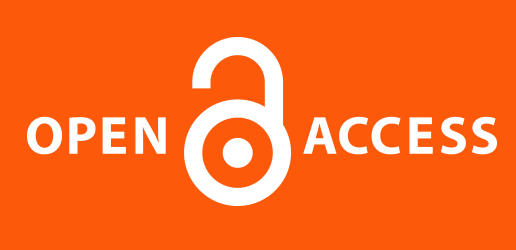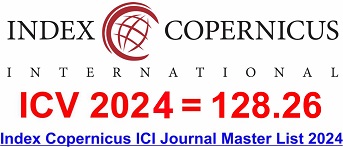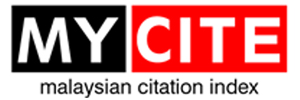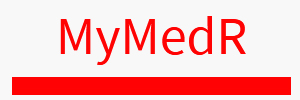Pattern and Types of Disability among Students in Schools for Special Needs in Resource Limited Setting of Africa
DOI:
https://doi.org/10.31674/mjn.2023.v15i01.013Abstract
Introduction: Out of the 20 million people living with disabilities in Nigeria, 1.3 million are children, and merely 14% of this demographic are currently enrolled in schools. The Schools for special needs are specifically designed, resourced and staffed to cater to children with learning difficulties, physical disabilities, and intellectual problems. To achieve this, matching type of disability with the type of educational resources available at the school of special needs is important. The study assessed the disability types and patterns among students in schools for special needs in north central Nigeria. Methods: A cross-sectional study was done among 500 students attending schools of special needs in the north-central states of Nigeria. The participants were selected using a multistage sampling technique. Quantitative datwereas collected using an interviewer-administered pre-tested questionnaire. Statistical Package for Social Sciences (SPSS) version 23.0 was used to analyze the data. Descriptive statistics of frequency counts and percentages were used while inferential statistics of Chi-square, Student’s t-test and regression analysis were used to test the formulated hypothesis; the level of significance was set at a p-value of less than 0.05 at a 95% confidence level. Results: Hearing impairment was the most commonly occurring disability among the students (330/500, 66.0%) while learning impairment (63/500, 12.6%) was the least occurring disability. Forty-two (8.4%) students had multiple disabilities. More than half 275 (55.5%) of the respondents had been disabled from birth while more than three quarters 397 (79.4%) of the respondents had a family history of disability. Conclusion: In the schools for special needs in North Central Nigeria, students have hearing, visual, learning and multiple disabilities while hearing impairment was the commonest form of disability among the students. Government should establish more schools for special needs. This study will provide learning opportunities for many of the disabled that are denied education.
Keywords:
Children with Special Needs, North Central Nigeria, Pattern of DisabilityDownloads
References
Akinyemi, A. I., & Isiugo-Abanihe, U. C. (2014). Demographic Dynamics and Development in Nigeria. African Population Studies, 27(2), 239-248. https://doi.org/10.11564/27-2-471
Algood, C. L., Harris, C., & Hong, J. S. (2013). Parenting Success and Challenges for Families of Children with Disabilities: An Ecological Systems Analysis. Journal of Human Behavior in the Social Environment, 23(2), 126-136. https://doi.org/10.1080/10911359.2012.747408
Amar, H. S. S. (2008). Meeting The Needs of Children with Disability in Malaysia. Medical Journal of Malaysia, 63(1), 1. https://www.e-mjm.org/2008/v63n1/Children_with_Disability.pdf
Başalan İZ, F. (2023). Students’ attitudes towards disabled people: mediator’s role of emotion and behavior. Current Psychology, 1-9. https://doi.org/10.1007/s12144-023-04810-y
Carvill, S. (2001). Sensory Impairments, Intellectual Disability and Psychiatry. Journal of Intellectual Disability Research, 45(6), 467-483. https://doi.org/10.1046/j.1365-2788.2001.00366.x
D'Angelo, D. V., Cernich, A., Harrison, L., Kortsmit, K., Thierry, J. M., Folger, S., & Warner, L. (2020). Disability and pregnancy: A cross-federal agency collaboration to collect population-based data about experiences around the time of pregnancy. Journal of Women's Health, 29(3), 291-296. https://doi.org/10.1089/jwh.2020.8309
Eskay, M., Eskay, O., & Uma, E. (2012). Educating People with Special Needs in Nigeria: Present and Future Perspectives. Online Submission. https://eric.ed.gov/?id=ED537995
Hasan, S. S., & Muhammad, B. A. (2018). Impacts of Intellectual Disability Children Upon Parent's Quality of Life. The Malaysian Journal of Nursing (MJN), 9(3), 62-69. https://ejournal.lucp.net/index.php/mjn/article/view/388
Ilkhani, M., Glasper, A., & Jarrett, N. (2016). Nursing curricula relating to care for disabled children: literature review. International nursing review, 63(1), 78-83. https://doi.org/10.1111/inr.12203
Kostanjsek, N. (2011, December). Use of The International Classification of Functioning, Disability and Health (ICF) as a Conceptual Framework and Common Language for Disability Statistics and Health Information Systems. In BMC Public Health (Vol. 11, No. 4, pp. 1-6). BioMed Central. https://doi.org/10.1186/1471-2458-11-S4-S3
Odirin, O. (2014). Legal and Ethical Issues of Persons with Special Needs in Nigeria. Educational Research and Reviews, 9(15), 516-522. https://academicjournals.org/journal/ERR/article-full-text-pdf/A5EEE0646164
Ologe, F. E., & Akande, T. M. (2003). Pattern of Disabilities in a Residential School for The Handicapped in Ilorin, Nigeria. The Nigerian Postgraduate Medical Journal, 10(4), 208-210. https://journals.lww.com/npmj/abstract/2003/10040/pattern_of_disabilities_in_a_residential_school.2.aspx
Oyetunde, T.O. (2004). Understanding Teaching and Learning process. In Andzayi, C.A., Mallum, Y.A. & Oyetunde, T.O. (eds). The practice of teaching: perspective and strategies. Jos: LECAPS Publishers.
Saleeby, P. W. (2016). An Introduction to The International Classification of Functioning, Disability and Health (ICF). International Journal on Disability and Human Development, 15(1), 1-3. https://doi.org/10.1515/ijdhd-2015-0027
Stein, R. E., Fields, M. J., Jerre, A. M., & Marin, L. (2006, February). Trends in Disability in Early Life. In Workshop on Disability in America: A New Look. Summary Papers (pp. 143-156). Washington, DC: National Academy Press. https://doi.org/10.17226/11579
Sukeri, S., Bakar, R. S., Othman, A., & Ibrahim, M. I. (2017). Barriers to Unmet Needs among Mothers of Children with Disabilities in Kelantan, Malaysia: A Qualitative Study. Journal of Taibah University Medical Sciences, 12(5), 424-429. https://doi.org/10.1016/j.jtumed.2017.05.002
World Health Organization. (2011). World Report on Disability. The summary report is available in easy-to-read, audio, and screen reader compatible formats. Braille versions (English, Spanish and French) can be ordered by contacting disability@who.int. https://www.who.int/teams/noncommunicable-diseases/sensory-functions-disability-and-rehabilitation/world-report-on-disability. Accessed on: 19th D
Published
How to Cite
Issue
Section
License
Copyright (c) 2023 The Malaysian Journal of Nursing (MJN)

This work is licensed under a Creative Commons Attribution-NonCommercial-NoDerivatives 4.0 International License.

